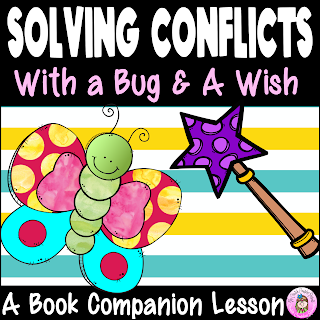If I could go back in time and give myself a pep talk, I would remind my younger self to consider the bigger picture. It's easy for kids to get caught up in impressing their peers without realizing that the reputation they establish now can have long-lasting effects. With this in mind, I decided to have a heart-to-heart discussion with my 5th graders about the reputation they are building for themselves. It was time for them to reflect and ask themselves, "Is this 'Hoo' I want to be remembered as?"
Setting the Stage:
To kick off the lesson, I began with a thought-provoking pre-assessment question: "How do you want to be remembered?" It was fascinating to see their dreams and aspirations for the future, but what struck me was how few of them had considered their reputation. To help them understand the impact of reputation, I prompted them to think about characters from stories or fairy tales who had a bad reputation. We explored the reasons behind these reputations, the character's actions, and how their actions influenced their overall reputation. This discussion set the foundation for our exploration of reputation-building.
One of the key points I wanted to convey to my students was that reputations can change. We explored the concept of character transformation by discussing whether the characters in question were able to change their reputations. I encouraged students to reflect on what they would need to do if they wanted to change their own reputation. Emphasizing that changing a reputation requires hard work and determination, I wanted them to understand that proving change is essential.
Engaging Activities:
To keep the lesson interactive and fun, we played two engaging games. In the first game, called the "Hush" game, each student wore a reputation word on a lanyard turned around on their back. Their classmates provided clues for them to guess their assigned reputation. However, there was a twist – the person giving the clue had a specific "Hush" word they were not allowed to use. The game created a fun and lively atmosphere while teaching students to think critically about reputations.
The second game, "Hoo" am I?, involved reading scenarios in which reputations were described. Students with corresponding reputation cards would come to the front of the classroom. If multiple students came forward, the class would vote on who they believed the description fit best and explain their reasoning. This game not only reinforced the importance of accurate judgment but also encouraged students to consider the complexities of reputations.
The Online Reputation Factor:
In today's digital age, we cannot ignore the significance of online reputations. We dedicated time to discussing the impact of online activities and how they can shape one's reputation. Students learned that what they post online never truly disappears and that future colleges and job opportunities may search their social media presence. Becoming responsible digital citizens became a focal point of our conversation.
Why Give a Hoot?
As we neared the end of the lesson, we wrapped up with a discussion on why having a positive reputation matters. We explored how people treat individuals without a good reputation and how a positive reputation affects various aspects of life, such as transitioning to middle school, making new friends, and receiving recommendations from teachers. Students were encouraged to reflect on how their reputation could impact their family and future opportunities.
Setting Personal Goals:
To conclude the lesson, I introduced a post-assessment that included a goal-setting element. Each student had to articulate how they planned to achieve a positive reputation. This exercise prompted them to think about practical steps they could take to align their actions with their desired reputation.
Teaching elementary students about the lasting effects and awesome perks of having a positive reputation was such an eye-opening experience! We had a blast with fun activities and deep discussions that made my 5th graders truly grasp the importance of building a solid reputation. They walked away from the lesson knowing that they hold the reins to shape their reputation in a positive way. I hope that as they venture into middle school and beyond, they'll make those conscious choices to be the best versions of themselves, leaving behind a lasting positive impression on everyone they meet.









































